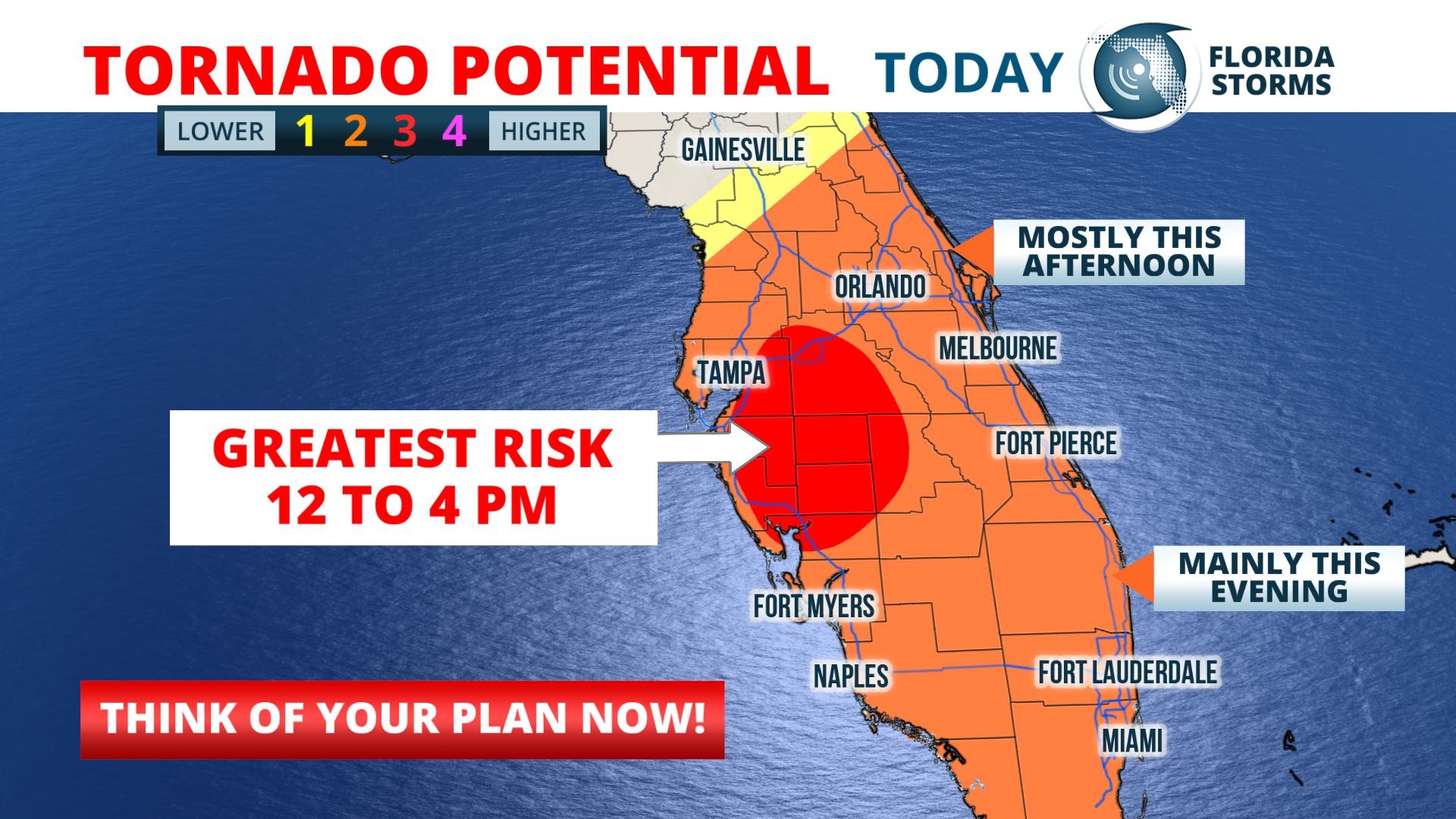Weather Data and Forecasting

Kalamazoo tornado warning – Weather forecasting is a crucial aspect of ensuring public safety and minimizing the impact of severe weather events. To accurately predict and track tornadoes, meteorologists rely on a wide range of weather data and forecasting methods.
Various types of weather data are collected and analyzed to forecast tornadoes. These include surface observations, upper-air data, radar data, and satellite imagery. Surface observations provide information about temperature, humidity, wind speed and direction, and atmospheric pressure at ground level. Upper-air data, obtained from weather balloons or aircraft, provides information about temperature, humidity, and wind speed and direction at different altitudes.
Radar Data
Radar data is particularly valuable for tornado forecasting. Radar systems emit pulses of electromagnetic energy that are reflected by objects in the atmosphere, including raindrops, hail, and debris. By analyzing the reflected signals, meteorologists can determine the location, intensity, and movement of storms.
Satellite Imagery, Kalamazoo tornado warning
Satellite imagery provides a broader perspective of weather patterns and can help identify areas of potential tornado development. Satellites can detect changes in cloud cover, temperature, and moisture levels, which can provide clues about the likelihood of tornado formation.
Numerical Weather Prediction Models
Numerical weather prediction (NWP) models are computer programs that use mathematical equations to simulate the behavior of the atmosphere. These models ingest weather data from various sources and use it to generate forecasts of future weather conditions. NWP models can provide valuable information about the potential for tornado development and can help meteorologists issue timely warnings.
The Kalamazoo tornado warning was issued based on a combination of weather data and forecasting methods. Surface observations indicated high temperatures, high humidity, and strong winds, creating an environment conducive to thunderstorm development. Radar data showed a rapidly rotating storm with a hook echo, a signature of a possible tornado. Satellite imagery revealed a large area of thunderstorms with anvil clouds, indicating potential for severe weather. NWP models predicted the likelihood of tornado development in the area.
Impact and Preparedness: Kalamazoo Tornado Warning

Tornadoes are powerful and destructive storms that can cause significant damage and loss of life. The Kalamazoo area is at risk for tornadoes, and it is important for residents to be aware of the potential impacts and to take steps to prepare for and respond to a tornado warning.
The potential impacts of a tornado on the Kalamazoo area include:
- Structural damage: Tornadoes can cause severe damage to buildings, homes, and other structures. High winds can rip off roofs, collapse walls, and shatter windows. Debris from damaged structures can also become airborne and cause additional damage.
- Injuries and fatalities: Tornadoes can cause serious injuries and even death. High winds can lift people and objects into the air, and debris can strike people and cause blunt force trauma. Tornadoes can also cause buildings to collapse, which can trap and injure people inside.
- Power outages: Tornadoes can damage power lines and transformers, causing power outages. Power outages can disrupt essential services, such as water and sewer service, and can also make it difficult to communicate with others.
- Transportation disruptions: Tornadoes can damage roads and bridges, making it difficult to travel. This can disrupt emergency response efforts and make it difficult for people to evacuate from affected areas.
Residents can take the following steps to prepare for and respond to a tornado warning:
- Have a plan: Develop a tornado safety plan and practice it with your family. Your plan should include a safe place to go in the event of a tornado warning, such as a basement or interior room on the lowest floor of your home.
- Stay informed: Monitor weather forecasts and be aware of the risk of tornadoes in your area. Sign up for local weather alerts and have a way to receive warnings, such as a weather radio or mobile phone app.
- Take shelter: If a tornado warning is issued for your area, take shelter immediately in your designated safe place. Stay away from windows and doors, and cover your head and body with blankets or pillows.
- Evacuate if necessary: If you are in an area that is likely to be directly impacted by a tornado, evacuate to a safer location. Do not drive into a tornado, as this is extremely dangerous.
Local authorities will take a number of actions in response to a tornado warning, including:
- Issuing warnings: Local authorities will issue tornado warnings for areas that are at risk. Warnings will be issued through a variety of channels, including weather radios, mobile phone apps, and local media outlets.
- Activating emergency response plans: Local authorities will activate their emergency response plans in the event of a tornado warning. These plans will include measures to evacuate people from affected areas, provide medical assistance, and restore essential services.
- Providing information: Local authorities will provide information to the public about the tornado warning, including the areas that are at risk and the steps that people should take to stay safe.
Community Response and Recovery

The Kalamazoo community came together in the aftermath of the tornado, demonstrating resilience and compassion. Community organizations played a vital role in providing support during and after the event.
Challenges Faced by Residents
In the aftermath of the tornado, residents faced numerous challenges, including:
- Loss of housing and belongings
- Displacement from their homes
- Physical and emotional trauma
- Access to food, water, and other essential supplies
- Navigating insurance claims and rebuilding processes